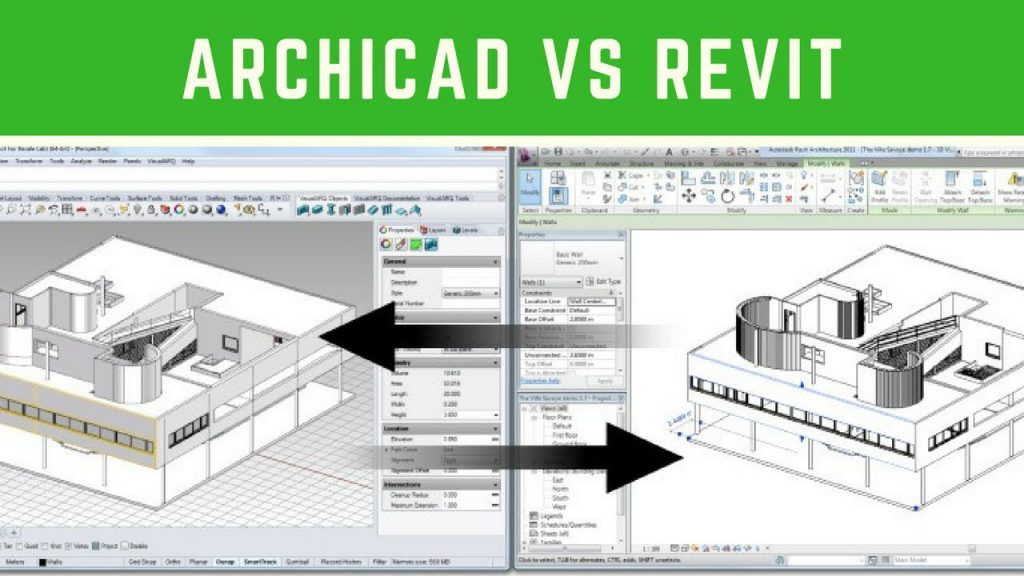

Immediately, the rest of the participants with access to Bimsync will be able to visualize, federate models, create section plans, add selective visualizations of elements… and create issue(s).
#BIM FOR ARCHICAD HOW TO#
How to create your IFCs? Watch our webinar to learn the best practices here. You will be able to choose the format, MVD and visible elements you want to export. The program will recognize all your IFC converters. Without leaving Archicad, and thanks to the plugin, you can upload your models directly to the platform. What is new is that once the initial basic design phase is complete, it is necessary to share the project for approval or supervision. The process of modeling, design, creation… will be done in Archicad as usual. Once this menu is open, you will be able to access your projects in Bimsync by entering your username and password. In here you will find the issue manager range with the CDE Bimsync. You can locate and activate this extension from the manager in order to display the new Bimsync menu.
#BIM FOR ARCHICAD INSTALL#
First we need to install the plugin or the Bimsync extension in Archicad and restart the program. In addition, since 3D model reviews can be easily performed by less "expert" participants, more people can be involved in the review process.įrom Bimsync (Catenda's open Common Data Environment) it is possible to view the uploaded models directly from Archicad and visually communicate any deficiencies or changes detected. The implication of other agents is necessary for this review task because it requires a fast and secure communication flow. The objective is to reduce errors in the virtual world before moving on to construction in the real world. One of the main uses of BIM, or at least one of the uses that is applied first in all teams that start with the methodology, is the control and improvement of the quality of projects. But thanks to open BIM formats ( Industry Foundation Classes IFC and BIM Collaboration Format BCF), interoperability is now a reality. Not so long ago, the possibility of sharing something between different programs was doubtful.

Interoperability between tools or programs makes transversality possible. In that way, any help, any platform that allows transversality between tools is always welcome. It is also true that each technician masters their own tool, and it is not usually comfortable to have to work with the tools used by other people. In order to facilitate this collaboration between different professionals, it is necessary to design workflows that allow the transmission of information of all kinds, from communications to models, drawings or documents. Collaboration between participants of the same team but also between members of different teams and managers from other disciplines. One of the most repeated mantras among users of the Building Information Modeling (BIM) methodology is that BIM means "Collaboration".


 0 kommentar(er)
0 kommentar(er)
